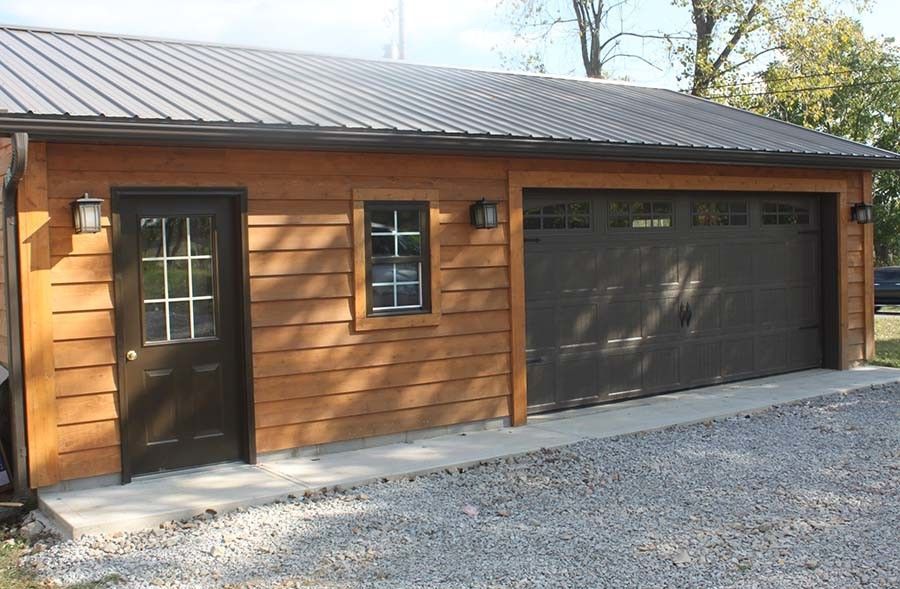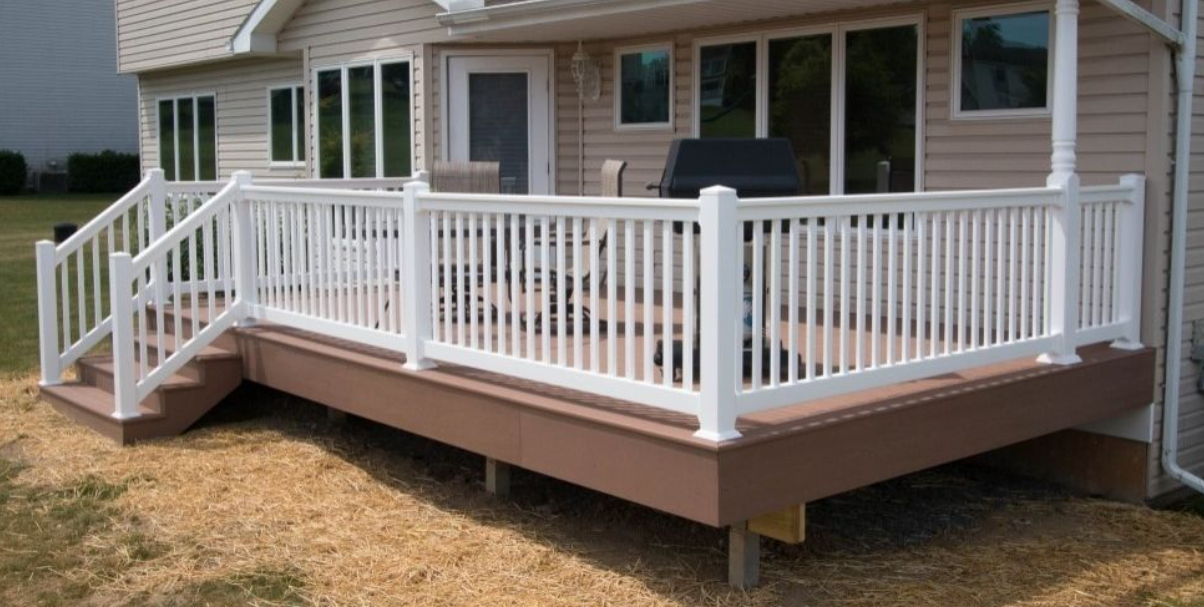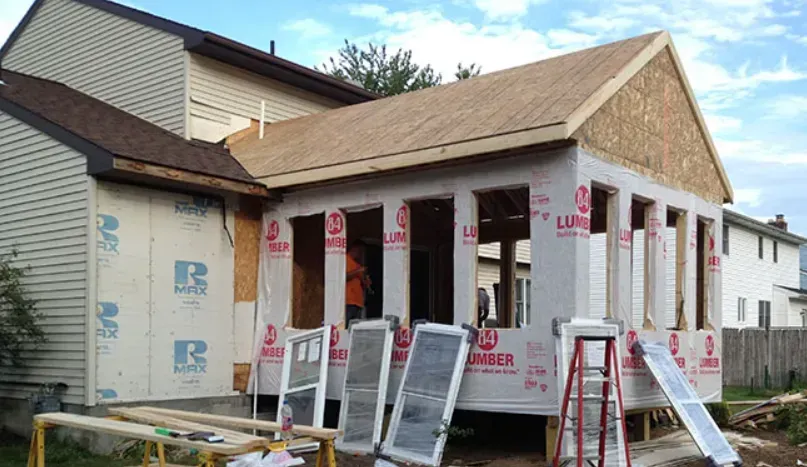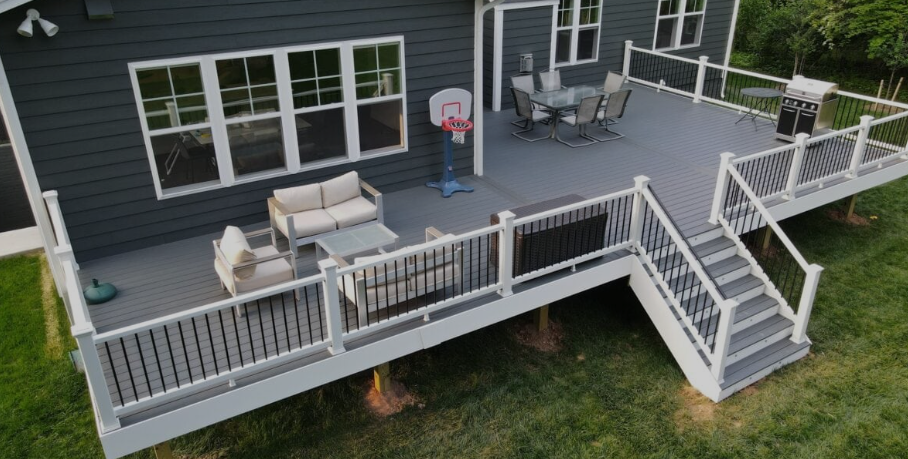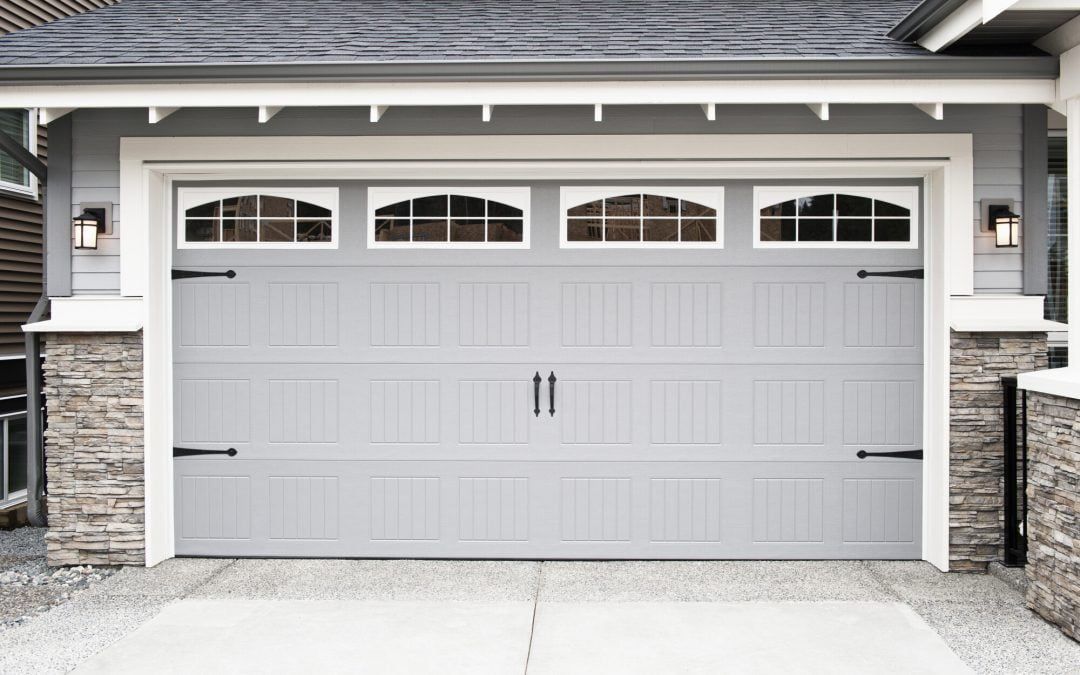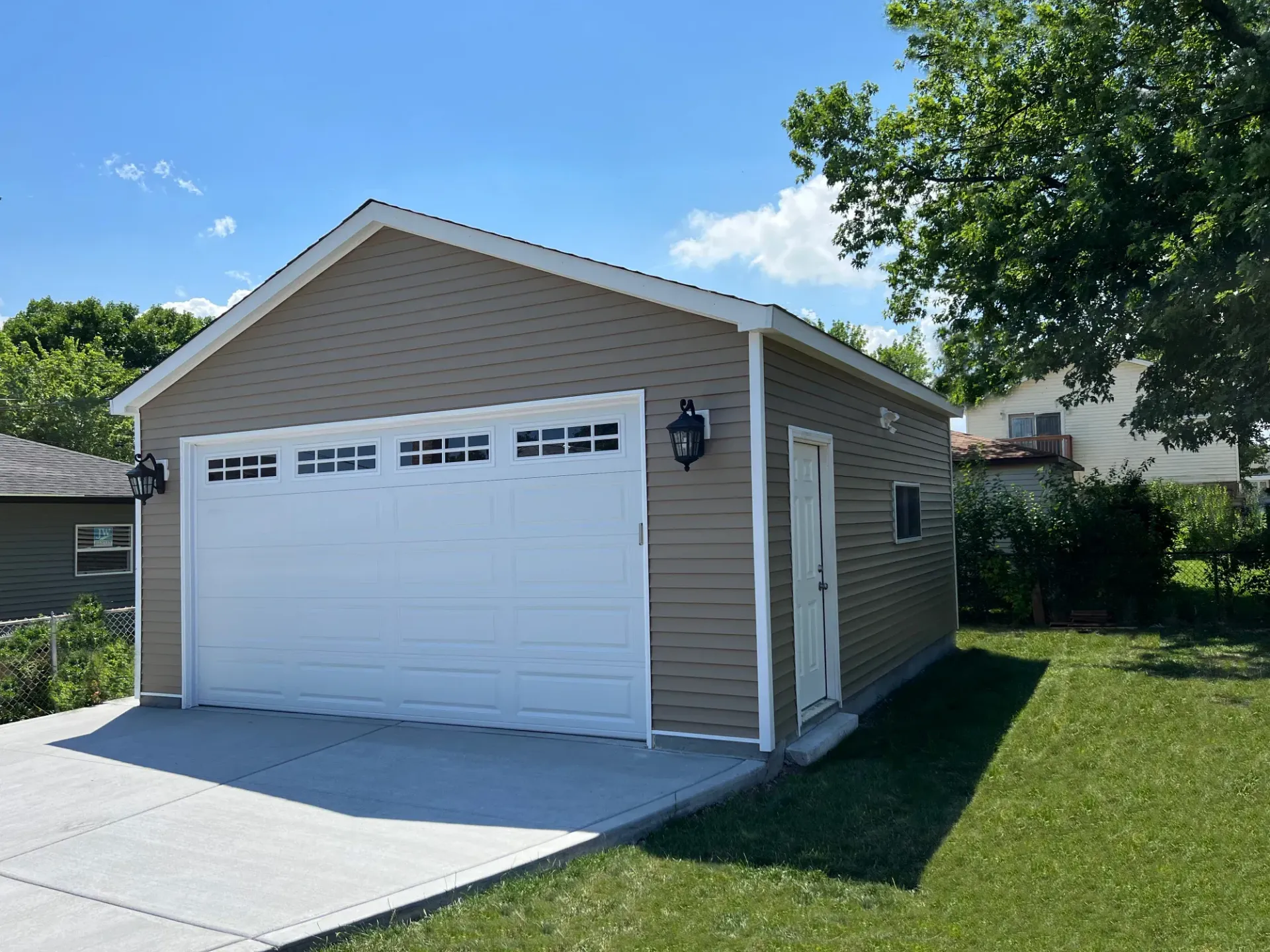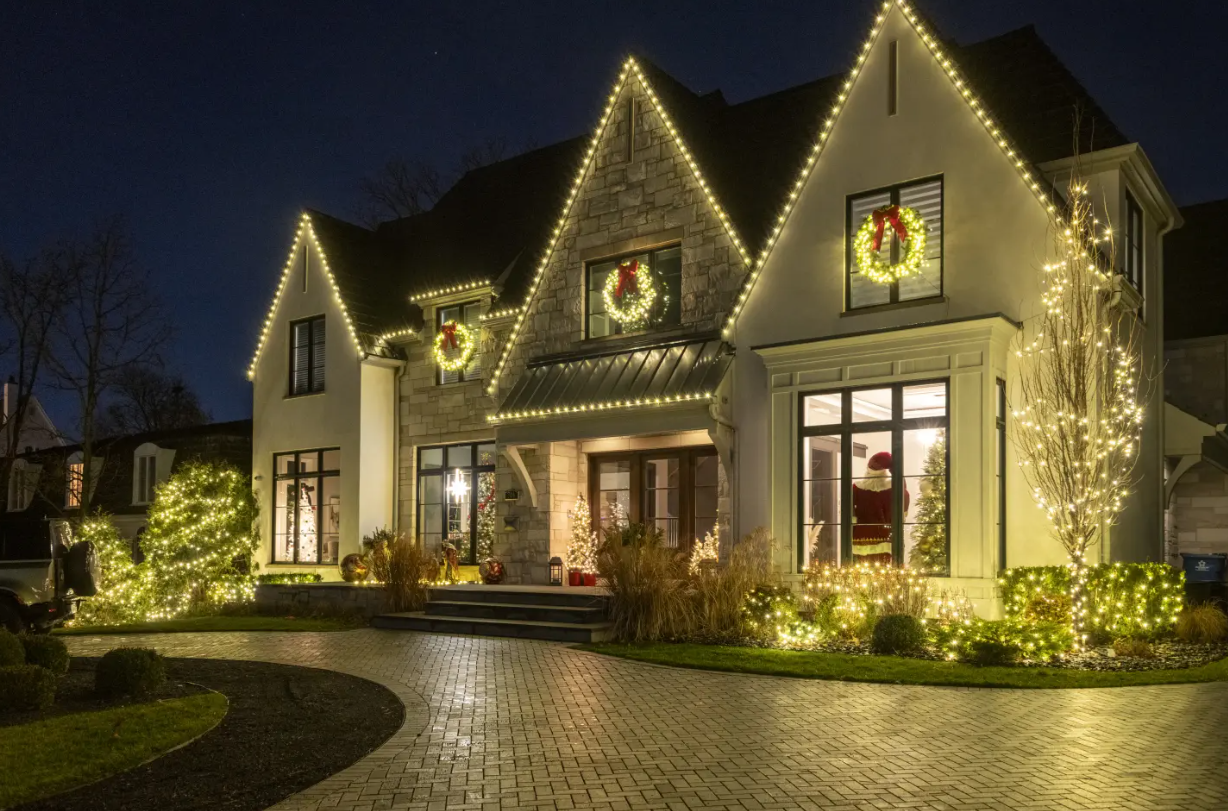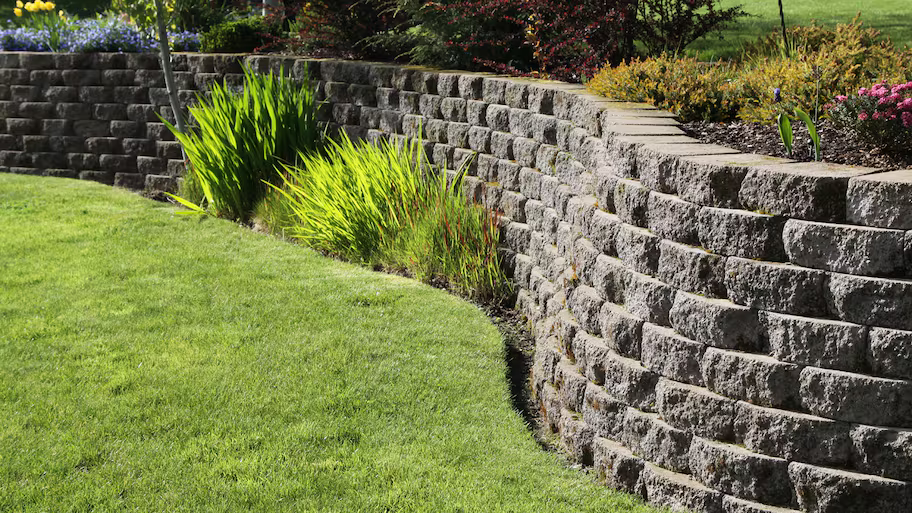Rhode Island Septic Inspections: What’s Included
A Rhode Island septic inspection includes a comprehensive evaluation of your septic tank, distribution box, drain field, and system components, typically costing $300-$500 and taking 1-2 hours to complete. RIDEM-licensed professionals assess system functionality, structural integrity, and environmental compliance to ensure your septic system meets state regulations.
What's Included in a Rhode Island Septic Inspection
Septic Tank Assessment
- Tank structural integrity (concrete, fiberglass, or plastic)
- Inlet and outlet baffle condition
- Sludge and scum layer measurements
- Tank lid security and safety
- Liquid levels and clarity
- Signs of leakage or settling
- Access port and riser condition
Distribution Box Evaluation
- Box structural condition
- Inlet pipe functionality
- Outlet pipe distribution
- Sediment accumulation
- Proper flow patterns
- Leak detection
Drain Field Inspection
- Surface conditions and vegetation health
- Soil absorption capacity
- Signs of system failure (wet spots, odors)
- Proper slope and grading
- Setback compliance from wells and water bodies
- Environmental impact assessment
Rhode Island-Specific Inspection Requirements
RIDEM Compliance Standards
Rhode Island septic inspections must verify:
- Title 5-equivalent regulations compliance
- Groundwater protection standards
- Coastal buffer requirements (within 200 feet of water bodies)
- Nitrogen reduction effectiveness (advanced systems)
- Environmental impact assessment
Municipal Variations
Different Rhode Island communities have specific requirements:
- Newport: Historic district considerations and coastal regulations
- Westerly: Enhanced monitoring near salt ponds
- Narragansett: Strict coastal buffer enforcement
- Warwick: Urban density impact assessments
- South Kingstown: Seasonal property protocols
Coastal Property Considerations
Rhode Island's coastal properties require additional inspection focus:
- Salt air corrosion impact on components
- High water table effects on system performance
- Storm surge vulnerability assessment
- Groundwater intrusion monitoring
- Tidal influence on drain field function
Types of Rhode Island Septic Inspections
Real Estate Transfer Inspections
Required for property sales, including:
- Comprehensive system evaluation
- Compliance verification with current codes
- Repair recommendations
- Estimated remaining system life
- Environmental impact assessment
Routine Maintenance Inspections
Recommended every 1-3 years:
- Preventive maintenance identification
- Early problem detection
- System optimization recommendations
- Compliance monitoring
- Performance tracking
Regulatory Compliance Inspections
Required for certain properties:
- Advanced treatment systems (annual inspections)
- Coastal buffer properties (enhanced monitoring)
- Commercial properties (frequent assessments)
- Seasonal properties (pre/post-season checks)
Emergency Inspections
Needed when problems arise:
- System failure assessment
- Environmental contamination evaluation
- Health hazard determination
- Immediate repair needs identification
How to Prepare for Your Rhode Island Septic Inspection
Before the Inspector Arrives
Document Preparation
- Locate septic system components (tank, distribution box, drain field)
- Gather previous service records and inspection reports
- Collect system installation permits and plans
- Review property deed for septic system details
- Prepare maintenance history documentation
Physical Preparation
- Clear access paths to all system components
- Remove vegetation covering tank and distribution box
- Ensure ground access for inspection equipment
- Mark system boundaries if known
- Secure pets and inform household members
Information Gathering
- Note any recent problems (slow drains, odors, backups)
- Document water usage patterns and household size
- List any recent home improvements affecting plumbing
- Identify garbage disposal usage or other factors
- Prepare questions for the inspector
Access Requirements
Rhode Island septic inspections require:
- Clear pathway to all system components
- Firm ground for inspection equipment
- Proper lighting for detailed examination
- Safety considerations around tank openings
- Measurement access for sludge and scum levels
The Rhode Island Septic Inspection Process
Initial Assessment (15-30 minutes)
- Property evaluation and system location
- Visual inspection of surface conditions
- Documentation review of previous services
- Homeowner interview about system performance
- Safety assessment of work area
Tank Inspection (30-45 minutes)
- Tank uncovering and access preparation
- Structural assessment of tank walls and lid
- Baffle inspection for inlet and outlet
- Sludge measurement using specialized tools
- Liquid level assessment
- Leak detection around tank perimeter
Distribution System Evaluation (15-30 minutes)
- Distribution box inspection and cleaning if needed
- Pipe assessment for clogs or damage
- Flow pattern evaluation
- Sediment removal if excessive
- Proper distribution verification
Drain Field Assessment (15-30 minutes)
- Surface condition evaluation
- Vegetation analysis for system health indicators
- Soil absorption testing if necessary
- Setback measurements from wells and water bodies
- Environmental impact assessment
Final Documentation (15-30 minutes)
- Comprehensive report preparation
- Photographic documentation of findings
- Recommendation development
- Compliance verification
- Next inspection scheduling
Rhode Island Septic Inspection Costs
Standard Inspection Fees
- Basic inspection: $300-$400
- Comprehensive assessment: $400-$500
- Real estate transfer: $450-$550
- Emergency inspection: $500-$650
- Advanced system evaluation: $550-$700
Additional Services
- Septic pumping (if needed): $250-$400
- Minor repairs: $150-$500
- Permit research: $50-$100
- Detailed soil testing: $200-$400
- System upgrade consultation: $150-$300
Factors Affecting Cost
- System complexity and size
- Accessibility challenges
- Age and condition of system
- Advanced treatment requirements
- Environmental sensitivity of location
Common Rhode Island Septic Inspection Findings
Structural Issues
- Cracked or deteriorated tanks
- Damaged baffles or inlet/outlet pipes
- Compromised tank lids
- Settling or shifting of components
- Corrosion from salt air exposure
Performance Problems
- Excessive sludge accumulation
- Drain field saturation
- Distribution box clogs
- Hydraulic overload signs
- Bacterial imbalance indicators
Compliance Violations
- Setback violations from wells or water bodies
- Inadequate treatment for environmental protection
- Missing permits or documentation
- Code violations for system design
- Environmental contamination concerns
Understanding Your Rhode Island Septic Inspection Report
System Condition Rating
- Excellent: System functioning optimally, minimal maintenance needed
- Good: System working well, routine maintenance recommended
- Fair: Some issues identified, repairs may be needed soon
- Poor: Significant problems, immediate attention required
- Failed: System not functioning, immediate replacement needed
Recommended Actions
- Immediate repairs for safety or environmental concerns
- Routine maintenance scheduling
- System upgrades for improved performance
- Monitoring protocols for ongoing assessment
- Replacement planning for aging systems
Timeline Expectations
- Immediate action: Safety hazards, environmental contamination
- 30-60 days: Significant performance issues
- 3-6 months: Moderate problems, planned maintenance
- 1-2 years: Preventive measures, system upgrades
- Long-term planning: System replacement preparation
Rhode Island Septic System Maintenance Tips
Between Inspections
- Monitor system performance regularly
- Practice water conservation to reduce load
- Avoid harsh chemicals that kill beneficial bacteria
- Maintain drain field by preventing compaction
- Schedule regular pumping every 2-3 years
Seasonal Considerations
- Spring: Check for winter damage, prepare for increased usage
- Summer: Monitor high-usage periods, ensure proper ventilation
- Fall: Prepare system for winter, clear debris from components
- Winter: Protect from freezing, maintain insulation
When to Schedule Your Next Rhode Island Septic Inspection
Regular Maintenance Schedule
- Every 1-2 years: Advanced treatment systems
- Every 2-3 years: Conventional systems, routine maintenance
- Every 3-5 years: Well-maintained systems, minimal usage
- Annually: Properties in sensitive environmental areas
Trigger Events
- Property sale or purchase
- System performance problems
- Home renovation affecting plumbing
- Change in household size
- Regulatory compliance requirements
Choosing a Rhode Island Septic Inspector
Essential Qualifications
- RIDEM licensing and certification
- Professional liability insurance
- Local experience with Rhode Island conditions
- Environmental compliance knowledge
- Continuing education participation
Service Quality Indicators
- Comprehensive reporting
- Detailed documentation
- Clear recommendations
- Professional communication
- Follow-up support
Environmental Protection Through Proper Inspection
Protecting Rhode Island Waters
Regular septic inspections help safeguard:
- Narragansett Bay water quality
- Coastal ponds and estuaries
- Groundwater supplies
- Recreational waterways
- Marine ecosystems
Compliance Benefits
- Environmental protection
- Public health safeguarding
- Property value maintenance
- Regulatory compliance
- Community responsibility
Need a professional septic inspection in Rhode Island? Rockhouse Construction provides comprehensive septic system inspections throughout the Ocean State. Our RIDEM-licensed professionals deliver detailed assessments that meet all state regulations and environmental requirements. From routine maintenance inspections to real estate transfer evaluations, we ensure your septic system operates safely and efficiently while protecting Rhode Island's precious water resources. Contact us today to schedule your septic inspection and maintain your system's optimal performance.
